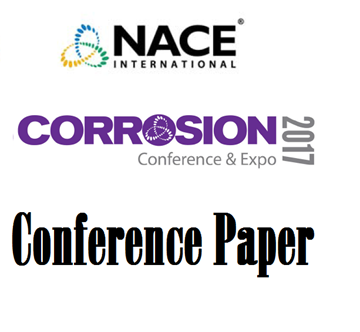Search
03615 FIBERGLASS-REINFORCED PLASTIC (FRP) CHEMICAL RESISTANCE IN 100°C ( 212°F) WET CHLORINE GAS AND ANOLYTE
Also Purchased
Evaluation of Degradation of a Fiberglass Pipe Exposed to Two Industrial Fluids
Product Number:
51317--8985-SG
ISBN:
8985 2017 CP
Publication Date:
2017
$20.00
97356 STRESS CORROSION OF FIBERGLASS-REINFORCED (FRP) COMPOSITES
Product Number:
51300-97356-SG
ISBN:
97356 1997 CP
$20.00
97348 SERVICE LIFE PREDICTION OF FIBERGLASS REINFORCED PLASTICS CORROSION RESISTANT EQUIPMENT (BY MONITORING WHILE IN SERVICE TO DETERMINE ANY DETERIORATION OR DAMAGE TO THE CORROSION BARRIER)
Product Number:
51300-97348-SG
ISBN:
97348 1997 CP
$20.00




